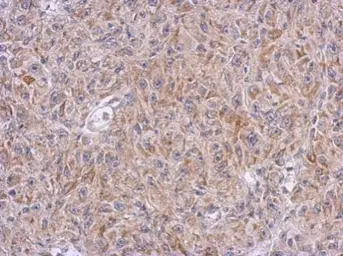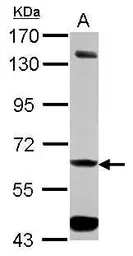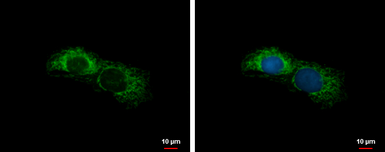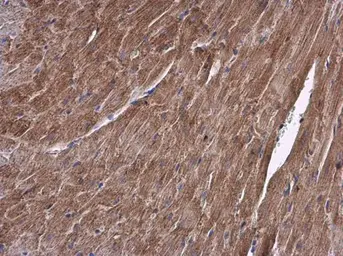ALDH7A1 antibody
Cat. No. GTX103593
Cat. No. GTX103593
-
HostRabbit
-
ClonalityPolyclonal
-
IsotypeIgG
-
ApplicationsWB ICC/IF IHC-P
-
ReactivityHuman, Mouse



